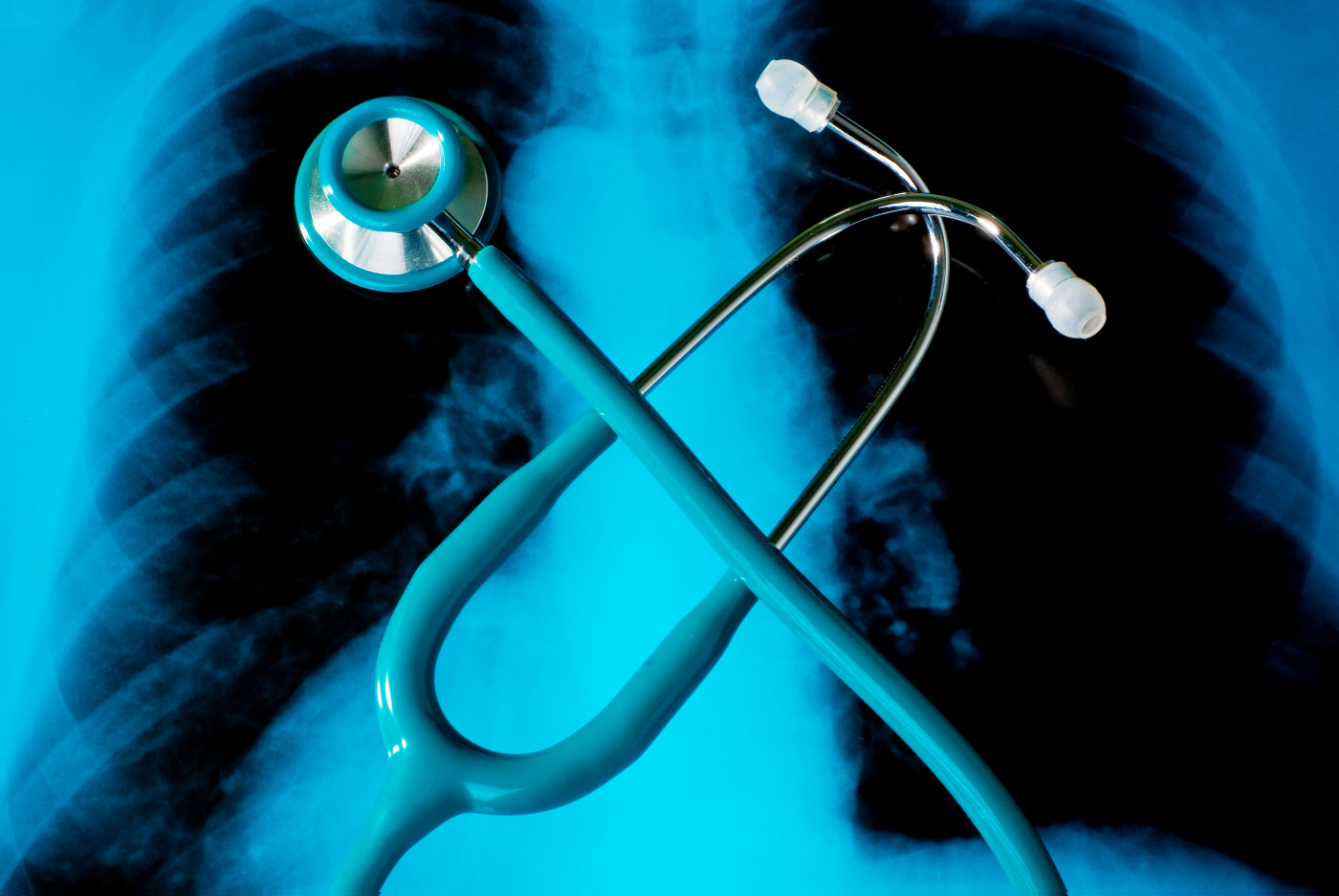At-home System of Inhaled Nitric Oxide Treats PAH Patient Infected With COVID-19

At-home treatment with inhaled nitric oxide through Genosyl, a tankless delivery system, was used successfully to manage pulmonary arterial hypertension (PAH) complicated by COVID-19 in a patient, according to a case study.
The case was described in the report “Outpatient Inhaled Nitric Oxide in a Patient with Vasoreactive IPAH and COVID-19 Infection,” and published in the American Journal of Respiratory and Critical Care Medicine.
Vero Biotech, the company manufacturing Genosyl, had previously announced details of this case.
The COVID-19 pandemic represents a global health threat that has strained healthcare systems, with the disease itself being particularly dangerous to the elderly and people with underlying conditions. Currently, treatment for the disease is largely supportive, aiming to maintain the patient’s health while the body fights the infection.
In the report, researchers described the case of a 34-year-old female patient with idiopathic PAH (iPAH; idiopathic means of unknown origin). The patient had been stable on a treatment regimen consisting of nifedipine (sold under several brand names), tadalafil (marketed as Adcirca by United Therapeutics in the U.S.), and macitentan (marketed as Opsumit by Actelion Pharmaceuticals).
Following a two-week trip to Egypt, the patient noticed a loss of her sense of smell and a low-grade fever, and she sought medical attention. She was tested for COVID-19 and was informed five days later about her positive result and advised to self-quarantine. The patient’s symptoms later developed into substantial fatigue and shortness of breath upon exertion.
The patient, a physician herself, did not want to go to a hospital unless necessary, because of personal and public health concerns to minimize contagion risk and to not use hospital resources unnecessarily.
As such, she was managed remotely via twice-daily check-ins with the help of a (non-clinician) caregiver. The patient underwent routine vital tests, such as measuring blood pressure, heart rate, and body temperature.
The patient also performed a six-minute walk test (6MWT), which measures the distance a person can walk in six minutes, and is commonly used to assess physical fitness.
Given the patient’s symptoms and because her iPAH had been historically responsive to medications that alter blood pressure, the clinicians postulated that she could benefit from treatment with inhaled nitric oxide (iNO).
iNO is a powerful vasodilator — a compound that causes blood vessels to relax and widen, lowering the pressure within them.
Up till that point, there was no data on iNO use in people with COVID-19. However, iNO has been used to treat severe acute respiratory syndrome (SARS), which is caused by a coronavirus related to the one that causes COVID-19. Previous research has suggested that iNO treatment is beneficial for people with SARS, and preliminary studies have indicated that NO might limit the replication of the virus.
In hospitals, iNO is typically delivered with relatively bulky setups that require large gas tanks, which are not particularly amenable for use in at-home settings.
In this case, the patient’s clinicians received the approval of an emergency investigational new drug application (EIND) from the U.S. Food and Drug Administration (FDA) allowing for iNO to be delivered using Genosyl.
Within a day of the EIND approval, the Genosyl system was delivered to the patient, with remote assistance provided for setup. The patient then started iNO treatment for 12–14 hours per day.
“Over the course of the following 11 days, the patient was monitored remotely and demonstrated a substantial response to iNO … as evidenced by her symptomatic relief and progressive increase in home-administered 6MWT,” the researchers wrote.
After 17 days, the patient was weaned off the treatment without incident.
“This report is the first to our knowledge of outpatient telehealth management of an iPAH patient with COVID-19, and represents a first step towards support for in home use of iNO in PAH, as well as the potential use of iNO in patients with coronavirus-associated pulmonary disease in the outpatient environment,” Michael Gentile, vice president of medical affairs at Vero Biotech, and the study’s co-author, said in a press release.
“While hospitals may readily stock the large, weighty tank system required for conventional delivery of iNO, the recent FDA approval of the GENOSYL tankless delivery system opens more realistic opportunities for out-of-hospital or even home use,” Gentile added.
The team, however, stressed that this was not a typical case.
“This patient was remotely managed by clinicians, and was more amenable (as a physician herself) to self-monitoring and self-directed therapy than the ordinary patient. This is not a typical case,” the researchers wrote, but “while the clinical improvement she experienced may not be wholly generalizable, her care represents a first step towards support for the outpatient use of iNO to treat exacerbation of PH symptoms due to COVID-19.”
The researchers emphasized that further research is needed, including well-designed clinical trials “to evaluate the effectiveness of iNO in the setting of COVID-19 disease.”







